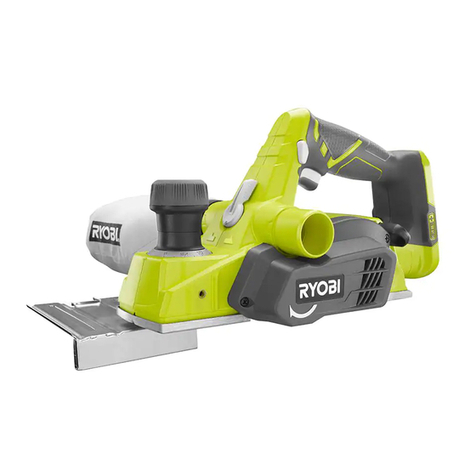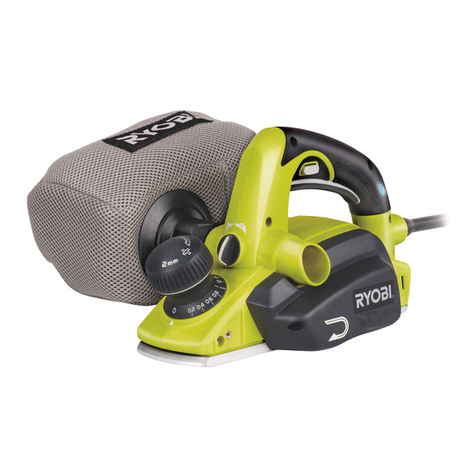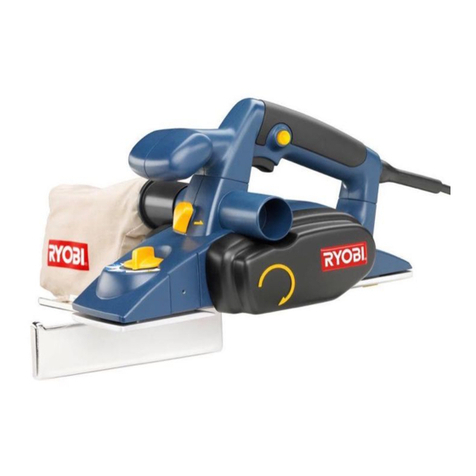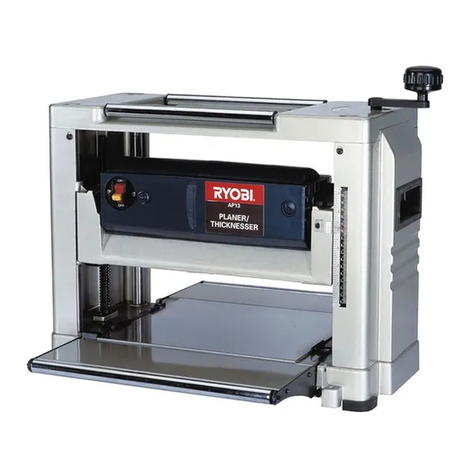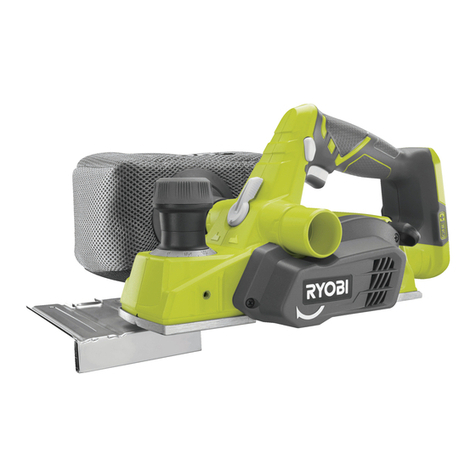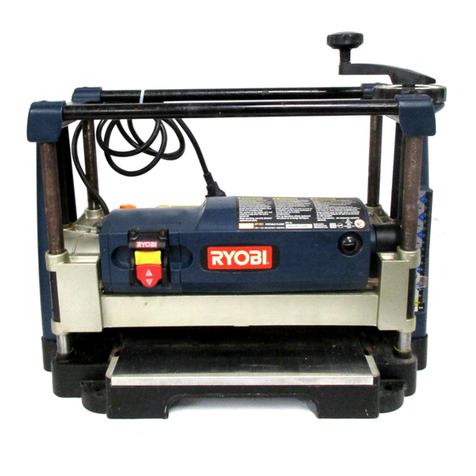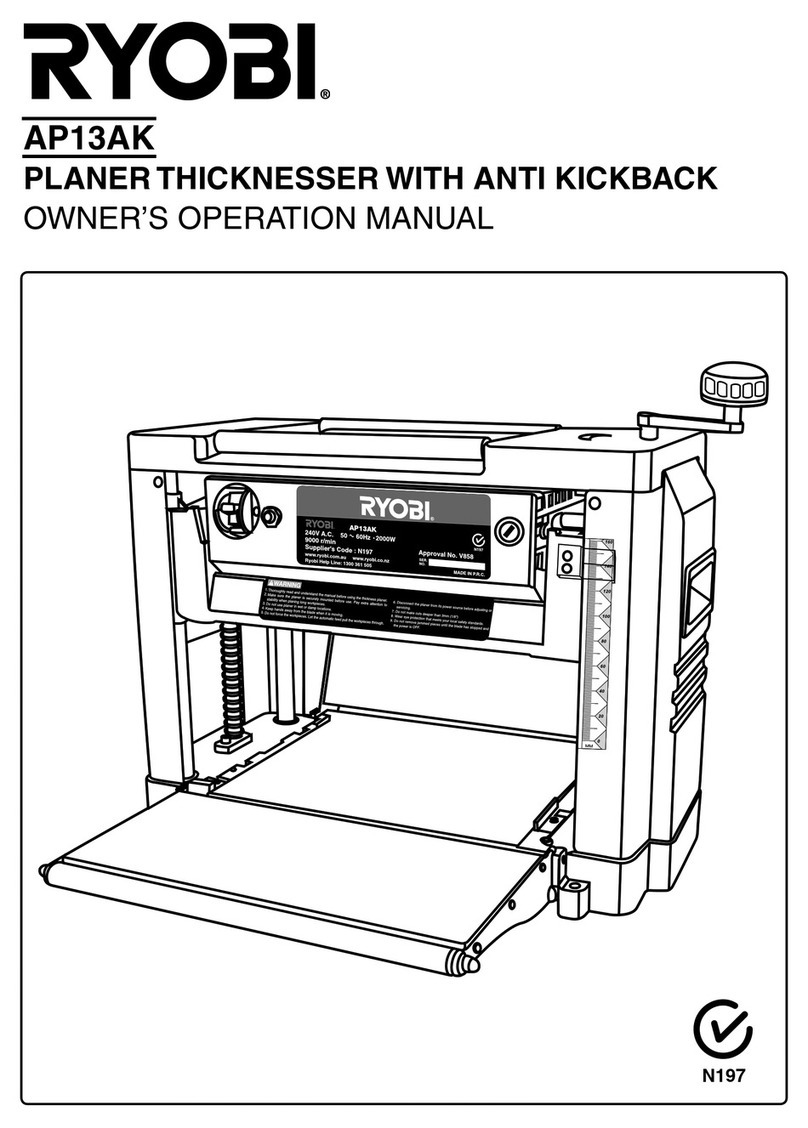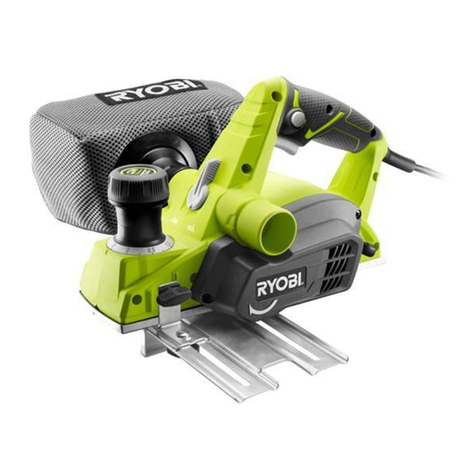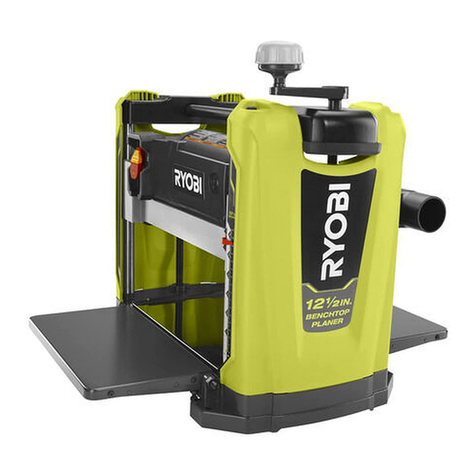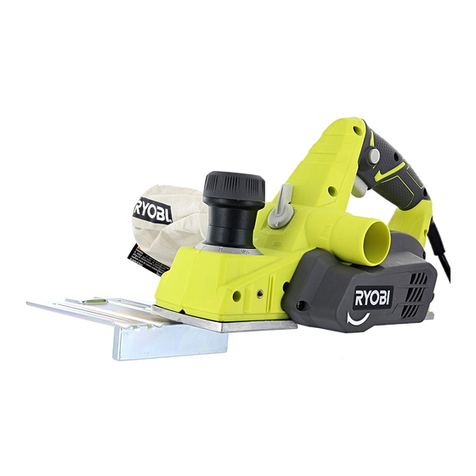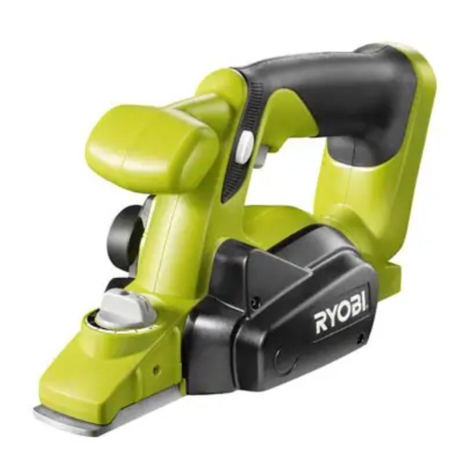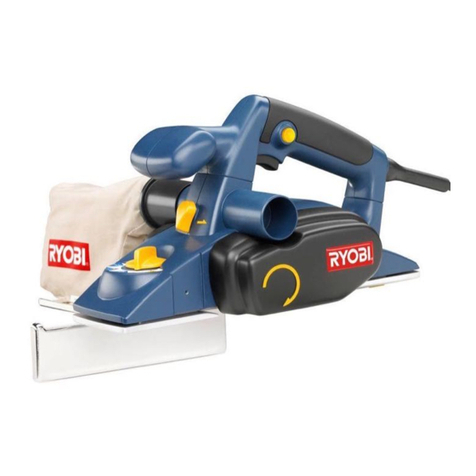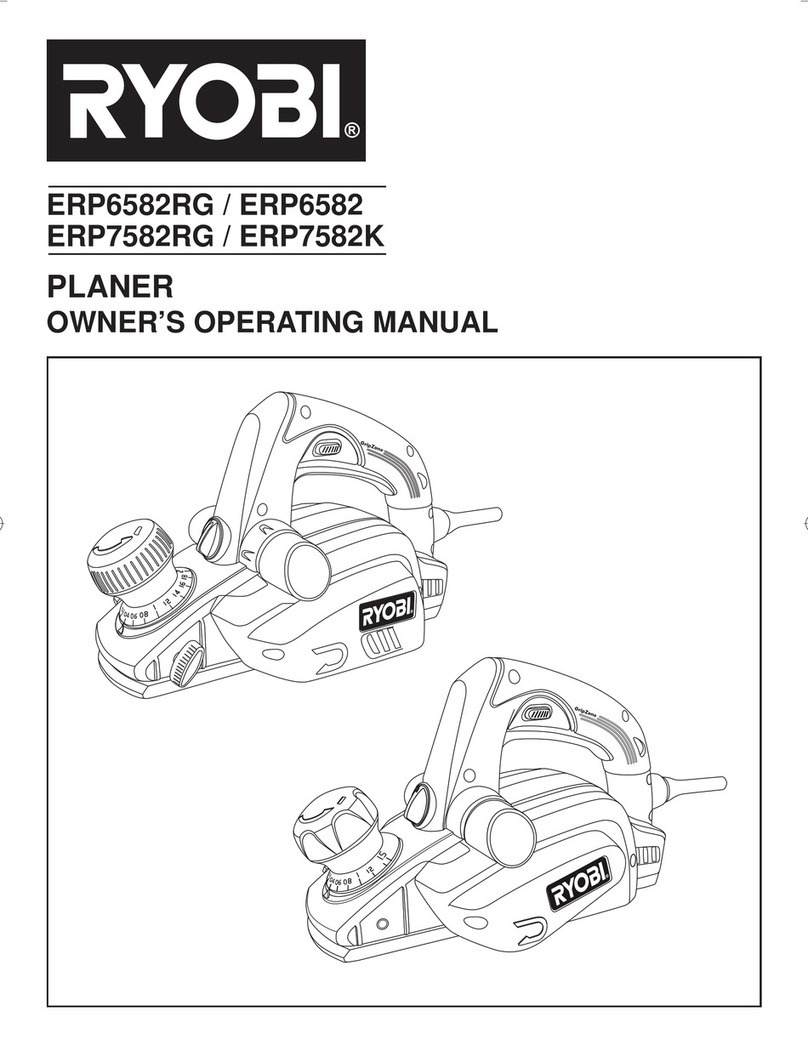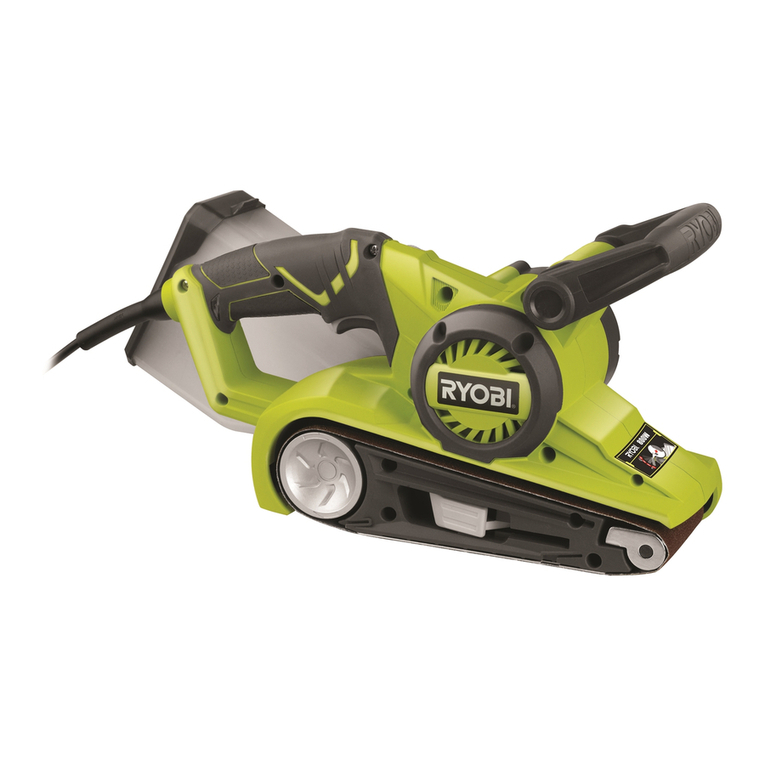
7
both hands to operate the tool.
■Do not overreach. Keep proper footing and balance
at all times.
■Maintain tools with care. Keep tools sharp and clean
for better and safer performance. Follow instructions
for lubricating and changing accessories.
■Store idle tools. When not in use, tools should
be stored in a dry locked-up place, out of reach of
children.
■Disconnect tools. When not in use, before servicing,
or when changing attachments, blades, bits, cutters,
etc., all tools should be disconnected from the power
source.
■Avoid accidental starting. Be sure switch is off when
plugging in any tool.
■Use recommended accessories. Consult the
operator’s manual for recommended accessories. The
use of improper accessories may result in injury.
■Never stand on tool. Serious injury could occur if the
tool is tipped.
■Check for damaged parts. Before further use of the
tool, a guard or other part that is damaged should
be carefully checked to determine that it will operate
properly and perform its intended function. Check for
alignment of moving parts, binding of moving parts,
breakage of parts, mounting and any other conditions
that may affect its operation. A guard or other part that
is damaged must be properly repaired or replaced by
an authorised service centre to avoid risk of personal
injury.
■Use the right direction of feed. Feed work into a
blade, cutter, or sanding spindle against the direction
or rotation of the blade, cutter, or sanding spindle only.
■Never leave tool running unattended. Turn the
power off. Don’t leave tool until it comes to a complete
stop.
■Protect your lungs. Wear a face or dust mask if the
operation is dusty.
■Protect your hearing. Wear hearing protection during
extended periods of operation.
■Do not abuse cord. Never carry tool by the cord or
yank it to disconnect from receptacle. Keep cord from
heat, oil, and sharp edges.
■Use outdoor extension cords. When tool is used
outdoors, use only extension cords with approved
ground connection that are intended for use outdoors
and so marked.
■Stay alert and exercise control. Watch what you are
doing and use common sense. Do not operate tool
when you are tired. Do not rush.
■Do not use tool if switch does not turn it on and off.
Have defective switches replaced by an authorised
service centre.
■Always turn switch off before disconnecting it to
GENERAL POWER TOOL SAFETY WARNINGS
WARNING
When using electric tools, basic safety precautions
should always be followed to reduce the risk of re,
electric shock and personal injury.
Read all these instructions before attempting to
operate this product and save these instructions.
■Know your power tool. Read the operator’s manual
carefully. Learn the applications and limitations as well
as the specific potential hazards related to this tool.
■Guard against electrical shock by preventing body
contact with grounded surfaces. For example:
pipes, radiators, ranges and refrigerator enclosures.
■Keep guards in place and in good working order.
■Remove adjusting keys and wrenches. Form a habit
of checking to see that keys and adjusting wrenches
are removed from tool before turning it on.
■Keep work area clean. Cluttered areas and benches
invite accidents. Do not leave tools or pieces of wood
on the tool while it is in operation.
■Do not use in dangerous environments. Do not use
power tools in damp or wet locations or expose it to
rain. Keep the work area well lit. Do not use the tool in
the presence of flammable liquids or gases.
■Keep children and visitors away. All visitors should
wear safety glasses and be kept a safe distance from
work area. Do not let visitors contact tool or extension
cord while operating. Children should be supervised to
ensure that they do not play with the tool.
■This product is not intended for use by persons
(including children) with reduced physical, sensory
or mental capabilities, or lack of experience and
knowledge, unless they have been given supervision
or instruction concerning use of the product by a
person responsible for their safety.
■Make workshop childproof with padlocks, master
switches, or by removing starter keys.
■Don’t force the tool. It will do the job better and safer
at the feed rate for which it was designed.
■Use the right tool. Do not force the tool or attachment
to do a job for which it was not designed.
■Dress properly. Do not wear loose clothing, gloves,
neckties, or jewellery that can get caught and draw
you into moving parts. Rubber gloves and nonskid
footwear are recommended when working outdoors.
Also wear protective hair covering to contain long hair.
■Always wear safety glasses with side shields.
Everyday eyeglasses have only impact-resistant
lenses; they are not safety glasses.
■Secure work. Use clamps or a vice to hold work when
practical. It is safer than using your hand and frees
